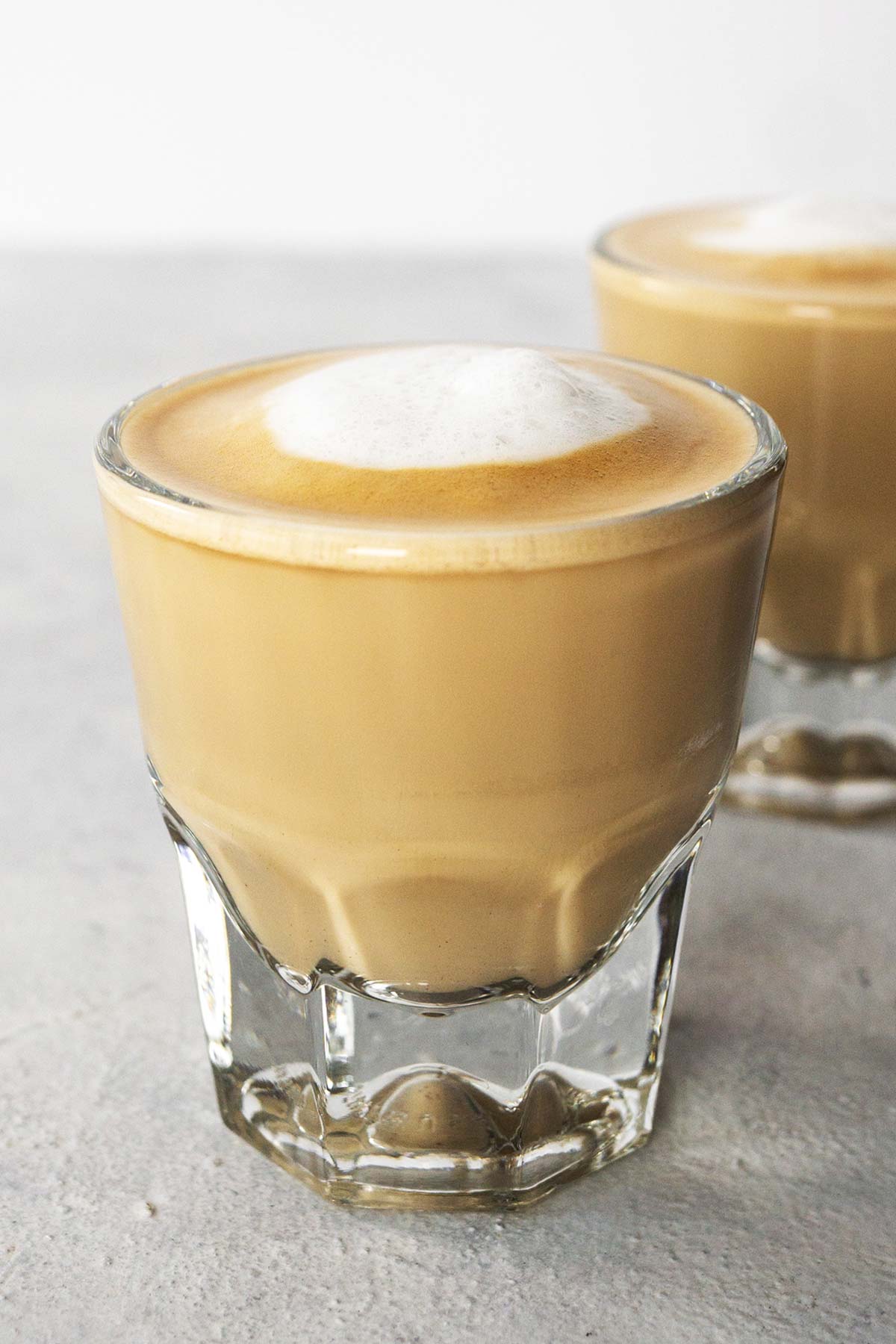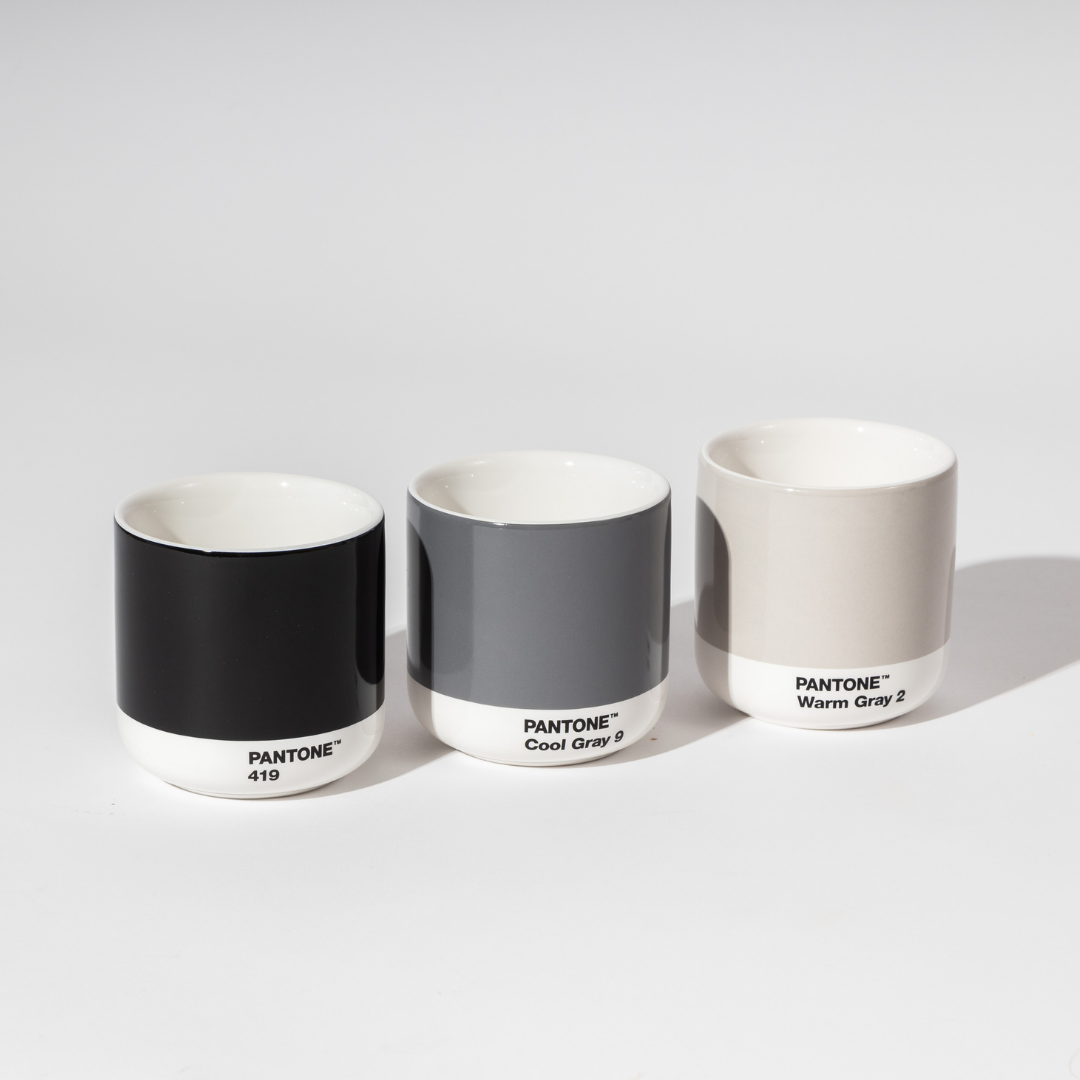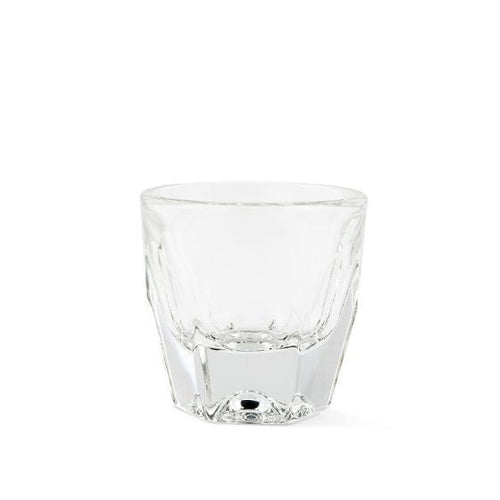Cortado vs Macchiato vs Latte: Decoding Your Coffee Choices

Cortado vs Macchiato vs Latte: Decoding Your Coffee Choices
Do you find yourself confused by the different types of espresso-based drinks on the menu? Fear not! Our guide is here to help you decode the differences between cortado, macchiato, and latte. We break down the ingredients, ratios, and flavors of each drink, so you can order with confidence and impress your barista with your coffee knowledge. Cortado, Macchiato, and Latte: A Brief Overview Cortado A cortado, originating from Spain, is a coffee drink made with equal parts espresso and steamed milk. Typically served in a small glass, it carries a smooth and balanced flavor, allowing coffee lovers to enjoy the taste of espresso without the strong bitterness. Although it contains less milk than a latte, the cortado's milk-to-espresso ratio distinguishes it from a macchiato. Macchiato The macchiato hails from Italy and is a popular choice among coffee enthusiasts who.
Do you find yourself confused by the different types of espresso-based drinks on the menu? Fear not! Our guide is here to help you decode.
Do you find yourself confused by the different types of espresso-based drinks on the menu? Fear not! Our guide is here to help you decode the differences between cortado, macchiato, and latte. We break down the ingredients, ratios, and flavors of each drink, so you can order with confidence and impress your barista with your coffee knowledge.
Cortado, Macchiato, and Latte: A Brief Overview
Cortado
A cortado, originating from Spain, is a coffee drink made with equal parts espresso and steamed milk. Typically served in a small glass, it carries a smooth and balanced flavor, allowing coffee lovers to enjoy the taste of espresso without the strong bitterness. Although it contains less milk than a latte, the cortado's milk-to-espresso ratio distinguishes it from a macchiato.
Macchiato
The macchiato hails from Italy and is a popular choice among coffee enthusiasts who prefer a strong coffee taste. It consists of an espresso shot topped with just 1-2 teaspoons of foamed milk, making it the most potent option among the three beverages. A traditional Italian macchiato maintains a high espresso to milk ratio and often comes in a smaller size compared to other espresso-based drinks.
Latte
The latte, mostly popular in the United States and Australia, is a creamier coffee option made with 60% steamed milk, 20% espresso, and 20% milk foam. It generally comes in larger sizes and is characterized by its layers of milk and foam, resulting in a milder coffee flavor than the cortado and macchiato. The latte's texture and taste make it a popular choice for those who enjoy a more diluted coffee experience.
To summarize, the cortado, macchiato, and latte are all espresso-based coffee drinks that vary primarily in their milk-to-espresso ratios. Each beverage has its roots in different countries – Spain, Italy, and the United States/Australia – contributing to the diverse ways coffee is enjoyed around the world. Whether you are a fan of strong coffee or prefer a creamier texture in your cup, these three options cater to different tastes and preferences.
Core Ingredients and Preparation
Espresso
Espresso is the base for many coffee drinks including the cortado, macchiato, and latte. It is a concentrated shot of coffee created by forcing hot water through finely-ground coffee at high pressure. Each of these drinks uses a different volume of espresso: cortado is made with equal parts espresso and steamed milk, while latte typically incorporates a 1:4 to 1:6 ratio (espresso to milk), and the macchiato has a small quantity of espresso mixed with steamed milk, forming a 1:2 ratio.
Steamed Milk
Steamed milk is an essential component in these coffee drinks. For cortado, steamed milk is added in a 1:1 espresso-to-milk ratio, creating a balanced, creamy, and lightly sweet taste. In a latte, more steamed milk is used with a ratio of 4:6, giving the drink a milder taste than the cortado or macchiato. Meanwhile, the macchiato contains a smaller portion of steamed milk, creating a more potent coffee taste when compared to the cortado or latte.
Foamed Milk
Foamed milk, or milk foam, is important in the presentation and structure of these coffee drinks. It is created by aerating the milk until it develops a velvety texture. In a latte, foamed milk accounts for 1/6 of the drink, adding to its signature foam on top. Macchiato has a small layer of foam, while cortado typically has less foam compared to the other two. The cappuccino, not being compared in this instance, has a higher quantity of foamed milk, creating a fluffier texture.
Milk Alternatives
For those who are lactose intolerant or prefer plant-based milks, various milk alternatives can be used. Some widely-accepted substitutes include:
Almond milk: Provides a creamy, nutty flavor that complements the coffee's taste.
Oat milk: Offers a milder, naturally sweet flavor that has a creamy texture.
All three coffee drinks can be made using these alternatives, creating an inclusive drinking experience for all. Keep in mind that the texture and taste might slightly change depending on the milk substitute used.
Always serve coffee drinks in appropriate cups. Cortado is usually served in a 150-200 ml glass, while a demitasse cup is often used for macchiato due to its small size. The latte needs a larger cup to accommodate its milk and foam content.
By knowing these core ingredients and preparation methods, coffee lovers can understand the significant nuances in crafting cortado, macchiato, and latte.
Comparing Ratios, Textures, and Flavors
Cortado vs Macchiato vs Latte
A Cortado is a roughly 4.5 oz espresso-based drink that consists of equal parts espresso and steamed milk. The milk in a Cortado is used to cut the intensity of the espresso while maintaining its robust flavor. In comparison, a Macchiato is a single shot of espresso marked with a small amount of foamed milk, predominantly showcasing the taste of the espresso. A Latte, on the other hand, contains a higher milk-to-coffee ratio, with one part espresso to about three parts steamed milk, and a layer of microfoam on the top.
When examining the texture of these beverages, the Macchiato is distinguished by its usage of foamed milk, which creates a frothy and airy quality. While the Cortado and Latte share similarities in using steamed milk, the Cortado has a smoother texture, as it doesn't have the layer of microfoam found in a Latte.
As for flavors, the Macchiato prominently showcases the espresso's taste, slightly softened by the foamed milk. The Cortado smoothly blends the espresso with the milk, creating a well-balanced, less intense taste. A Latte, however, has a milder, creamier flavor due to its larger milk-to-coffee ratio.
Cappuccino and Flat White Comparisons
The Cappuccino, with ratios of one-third espresso, one-third steamed milk, and one-third microfoam, is similar to a Latte but has a slightly stronger coffee flavor and a thicker layer of foam on top. A Flat White has a higher proportion of milk compared to the Cortado, but it uses velvety microfoam, which gives it a creamier feel.
In terms of texture, a Cappuccino has the most distinctive texture of all, with its combination of steamed milk and a thick layer of microfoam. This creates a creamy, frothy consistency and an intricate balance between the coffee and milk tastes. The Flat White, on the other hand, boasts a velvety, creamy texture with its use of microfoam, offering a subtler coffee flavor.
To further understand and appreciate the delicate intricacies of these beverages, the equipment used plays a pivotal role. A commercial espresso machine can deliver the precision and consistency needed to create these drinks perfectly every time. For cafes, restaurants, or true coffee enthusiasts looking to elevate their coffee game, considering to purchase a commercial espresso maker is a worthwhile investment. This ensures that whether you're sipping on a cortado, macchiato, or latte, the quality remains unmatched. Explore our curated collection and find the ideal espresso machine for commercial purposes to cater to your unique requirements.
Variations and Customizations
Macchiato Variations
Espresso macchiato, known for its strong and bitter taste, is made with one or two teaspoons of foamed milk on top of an espresso shot. There are different variations to suit your preferences. For example, one popular choice is the caramel macchiato, which features caramel syrup added to the espresso before the milk foam. Another option is the iced caramel macchiato, where the espresso is poured over ice, then topped with milk foam and caramel syrup. For those looking for more intensity, a doppio (double shot) or a ristretto shot (a shorter espresso extraction) can provide an even stronger flavor.
Latte Variations
A latte consists of 60% steamed milk, 20% espresso, and 20% milk foam. It is generally milder in taste compared to the macchiato. One option for a different latte experience is the latte macchiato, which has the milk foam added before the espresso, creating a layered appearance. Lattes can also come in single or double shots, depending on your preference for coffee intensity. There is a wide variety of latte options, including flavor additions like caramel syrup or other sweeteners for a more personalized drink.
Cortado Variations
The cortado contains equal parts of espresso and steamed milk, offering a smoother and less intense flavor than the macchiato. Two popular cortado variations include the cortadito and the Gibraltar. The cortadito is typically sweetened with sugar or flavored syrups, making it an ideal choice for those seeking a sweeter version of the cortado. On the other hand, the Gibraltar (also known as a 'Gib') is served in a small glass tumbler and is very similar to the traditional cortado, with the primary difference being the choice of vessel.
The world of coffee offers numerous variations and customizations for each of these espresso-based drinks. Whether you prefer a single shot, double shot, or something in between, there is an option to suit every coffee lover's taste. Remember to experiment with different combinations and flavors to find the perfect coffee experience for you.
Caffeine Content and Caloric Information
When comparing the caffeine content and caloric information of cortados, macchiatos, and lattes, it is essential to understand the differences in serving size and composition of these beverages.
A cortado typically contains equal parts espresso and steamed milk, often prepared with two shots of espresso. On average, a single shot of espresso contains around 64 milligrams of caffeine, making a cortado's caffeine content approximately 128 milligrams.
A macchiato, Italian for stained or spotted, consists of a concentrated shot of espresso with a small amount of milk. A traditional macchiato has a 1:2 milk-to-coffee ratio and is served in a 2-ounce (60-gram) size, containing about 85 milligrams of caffeine.
Lattes and cappuccinos, while composed differently, have similar caffeine content. Both beverages contain approximately 173 milligrams of caffeine per 16-ounce (480-gram) serving.
In terms of caloric information, cortados and macchiatos generally have fewer calories due to their smaller sizes and relatively lower milk content. Lattes, on the other hand, are typically higher in calories due to the larger proportion of milk used in their preparation.
To summarize the caffeine content and caloric information:
Cortado (2 oz or 60 grams): ~128 mg of caffeine
Macchiato (2 oz or 60 grams): ~85 mg of caffeine
Latte (16 oz or 480 grams): ~173 mg of caffeine
Keep in mind that these values are approximate and can vary based on factors such as milk type, brewing time, and coffee beans used.
Appearance and Latte Art
When comparing cortado, macchiato, and latte, the visual presentation of these popular coffee beverages plays a significant role in their appeal. The appearance of each drink is influenced by the varying ratios of espresso, steamed milk, and milk foam they contain.
A macchiato is comprised of one or two shots of espresso (2 oz or 4 oz) and a small dollop of frothed milk, resulting in a predominantly espresso-like appearance with a subtle touch of milk to soften the flavor. The latte art possibilities with a macchiato are generally more limited due to the smaller amount of milk and foam in the drink.
A cortado, on the other hand, is made with a shot of espresso and an equal amount of steamed milk. The 1:1 ratio yields a more balanced appearance, with the espresso and milk intermingling to create a visually pleasing beverage. Since there is less milk foam in a cortado compared to a latte, the latte art possibilities are also somewhat limited. However, skilled baristas may still be able to create simple designs in this smaller, cozy cup of coffee.
Lattes are known for their larger volume and impressive latte art capabilities. The drink consists of an espresso shot topped up with three to four times the amount of steamed milk, along with a layer of microfoam. The higher milk content and larger surface area for latte art make it ideal for showcasing intricate designs and patterns. Additionally, the density of the foam can play a significant role in the appearance of a latte's artwork.
In summary:
Macchiato: smaller volume, predominantly espresso-like appearance, limited latte art.
Cortado: balanced appearance with equal parts espresso and steamed milk, simple latte art.
Latte: larger volume, more intricate latte art capabilities due to higher milk and foam content.
The aesthetics of each drink can ultimately impact the overall coffee-drinking experience. Coffee enthusiasts will appreciate the visual nuances of macchiatos, cortados, and lattes just as much as their distinct flavors and textures.
History and Cultural Context
Spanish Origins
The cortado has its roots in Spanish coffee culture, originating in the early 1960s. The term cortado is derived from the Spanish verb cortar, which means to cut. This is because the milk in a cortado is meant to cut through the coffee, imparting a sweeter and lighter taste. The drink gained popularity in the Basque Country and then spread throughout Spain and other Spanish-speaking countries.
Italian Origins
In contrast, the macchiato has Italian origins, with the word macchiato meaning stained or spotted in Italian. The macchiato originally served as a way for Italians to enjoy a strong espresso with a little bit of milk to soften its intensity. This drink quickly became popular among coffee lovers in Italy and, eventually, around the world.
The latte is another Italian beverage with a rich history, dating back to the 17th century. Its name, derived from the Italian phrase caffè e latte, translates to coffee and milk. The drink combines espresso, steamed milk, and a small amount of foamed milk for a milder and creamier taste, and it has become a staple in coffee shops and homes worldwide.
Global Coffee Culture
While the cortado, macchiato, and latte each have their origins in different countries, they have all played significant roles in shaping global coffee culture. With unique recipes and characteristics, these drinks cater to various preferences and palates.
The cortado is typically made with equal parts espresso and steamed milk, resulting in a smooth, balanced flavor. This contrasts with the macchiato, which uses a small amount of frothy or foamy milk, creating a more intense, bold coffee experience. Lastly, the latte combines more steamed milk with espresso and a small amount of foamed milk, resulting in a milder, creamier taste.
These drinks have been spread by coffee enthusiasts worldwide, with variations like the flat white, originating in Australia and New Zealand, and the Americano, a North American adaptation. With the growing global interest in specialty coffee and the desire for diverse taste experiences, the cortado, macchiato, and latte continue to evolve in new and exciting ways, enriching coffee culture around the world.
Frequently Asked Questions
Cortado vs Latte
A cortado is an espresso-based drink with equal parts espresso and steamed milk, originating from Spain in the early 1960s. This drink has a 1:1 ratio of espresso to milk, creating a well-balanced and smooth taste. On the other hand, a latte is an Italian beverage that consists of 1/6 espresso, 4/6 steamed milk, and 1/6 foamed milk. Lattes are known for their creamy texture and milder coffee flavor compared to cortados.
Iced Macchiato Tips
An iced macchiato is a cold version of the traditional macchiato. To make a perfect iced macchiato, start with a glass filled with ice. Pour your desired amount of milk into the glass, followed by a shot of espresso. The espresso should be poured slowly over the ice and milk to create a layering effect. Top with a dollop of milk foam and serve immediately. The key to a great iced macchiato is to maintain the distinct layers while serving, allowing the customer to mix the drink to their preference.
Moka Pot and Piccolo Queries
A moka pot is a significant tool for coffee lovers who want to enjoy strong and bold espresso-style coffee at home. Moka pots work by forcing hot water through finely ground coffee, producing a robust and concentrated beverage similar to espresso. Moka pots can also be used to make beverages like piccolo or noisette, which are variations of espresso-based drinks.
A piccolo is an Australian espresso-based drink that consists of a single shot of espresso topped with equal parts steamed milk and foamed milk. It is very similar to a cortado, but served in a smaller glass.
A noisette, on the other hand, is a French espresso-based drink that consists of a single shot of espresso with a small amount of milk or cream. It closely resembles a macchiato, both in preparation and appearance.
When making piccolo or noisette using a moka pot, simply adjust the milk-to-espresso ratio according to your preference. The key is to ensure the right balance of coffee and milk to create a harmonious blend of flavors.

Cappuccino vs Latte: Understanding the Differences
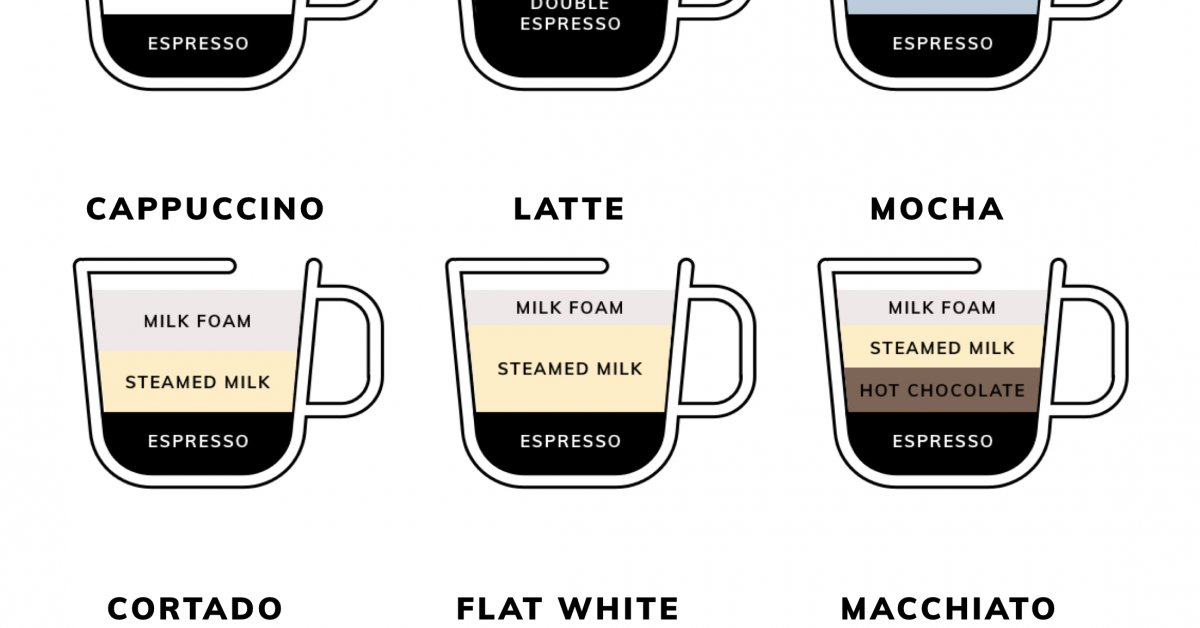
Different types of coffee Explained

Types of Macchiato - From Hazelnut to Creme Brulee
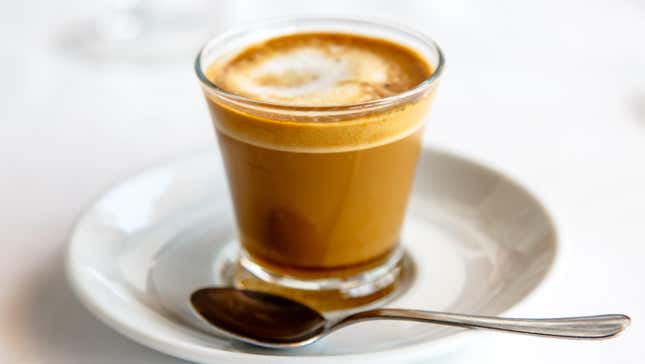
A Barista Decodes Every Espresso Drink on the Menu

Comparing Coffee Types: Cappuccino vs. Latte vs. Macchiato
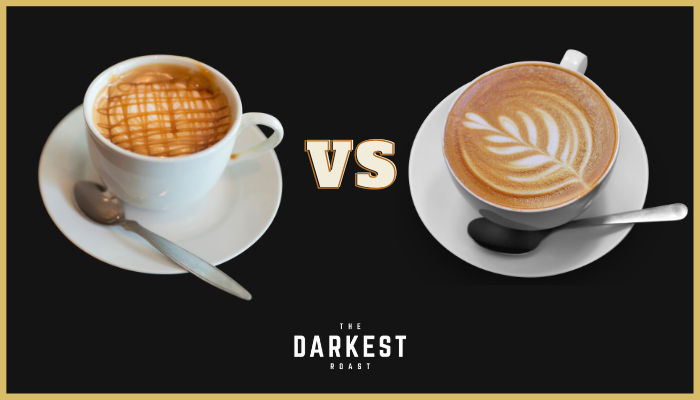
Comparing Macchiato vs Latte – Differences & Similarities!

Cappuccino vs. Latte vs. Macchiato vs. Mocha vs. Americano vs. Espresso: What's The Difference?

Latte vs. Macchiato: Which Espresso Drink Should You Choose - ESLBUZZ

What is a Cortado?, Nescafé
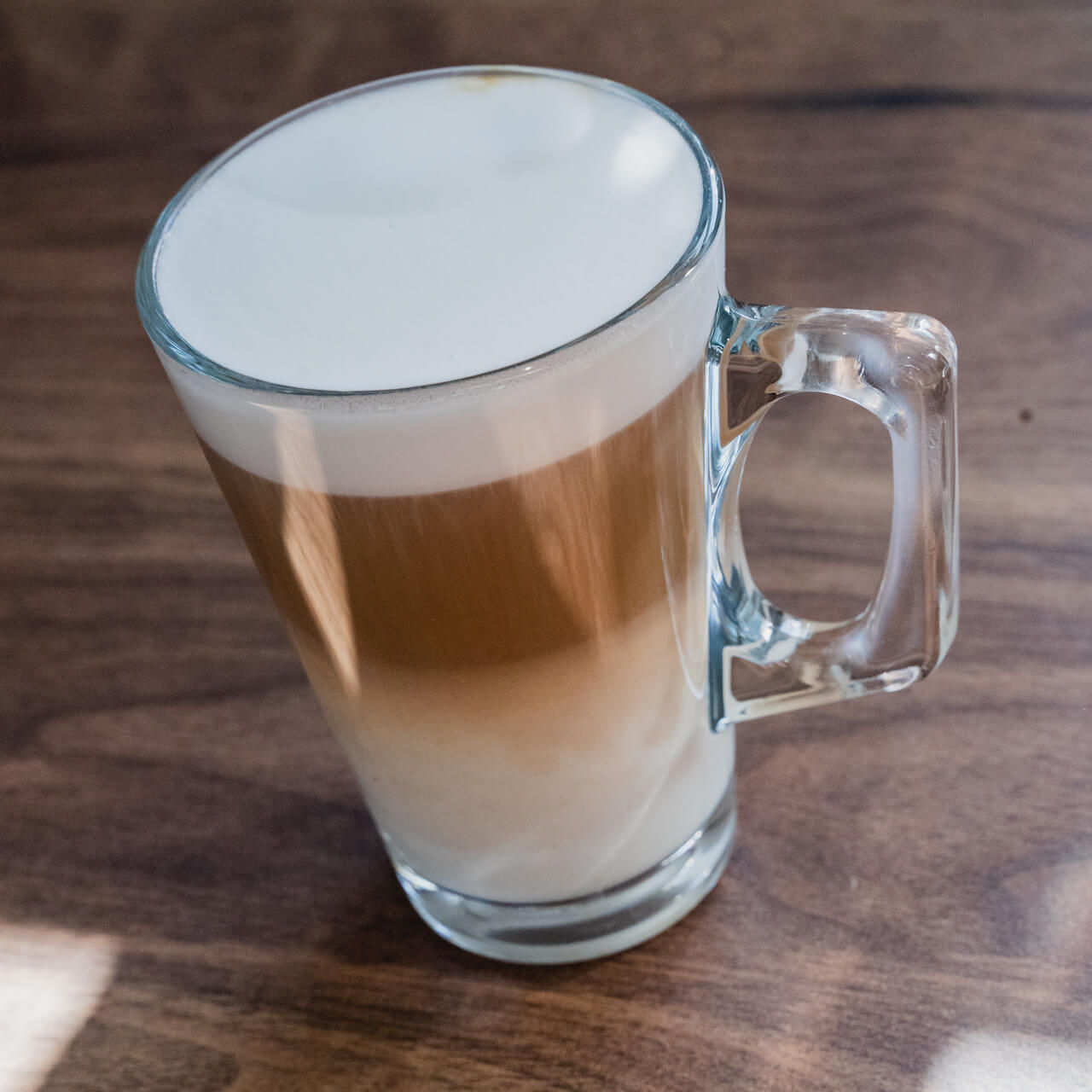
Article - Latte, Caffe Latte, Latte Macchiato, Cappuccino what does it all mean?

What is a Macchiato? Types of Macchiato

Decoding Coffee-Based Drinks: What To Order When You're Not Ordering Black Coffee
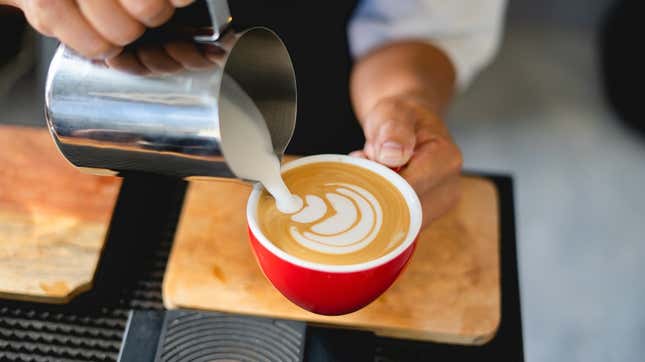
A Barista Decodes Every Espresso Drink on the Menu

Cortado vs Macchiato in 2023 Cortado, Macchiato, Robusta coffee
